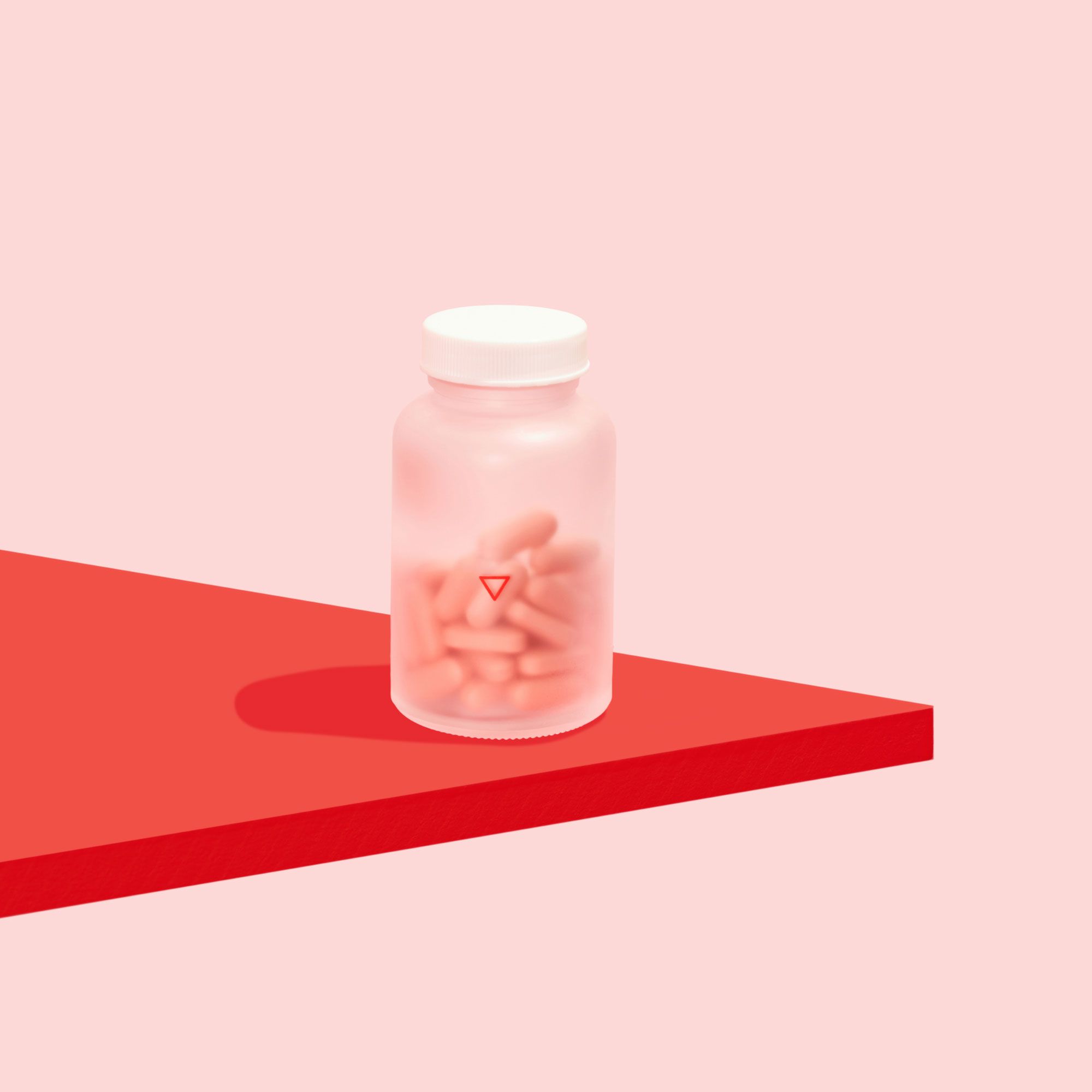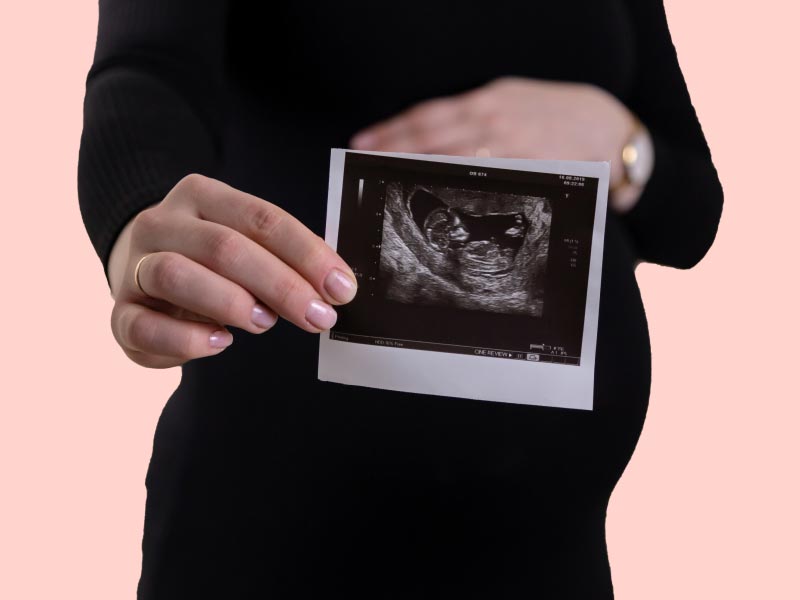
How to Know When I'm Ovulating
By Simona Byler
May 31, 2024
Cycle syncing, hormonal health, and menstrual tracking are all the rage right now. And, considering how many people out there have periods and hormonal phases, it makes total sense! One major aspect of the menstrual cycle is ovulation, but tracking it can seem tricky. Luckily, ovulation calculators are here to help!
Figuring out how to calculate your ovulation can be an essential step in getting pregnant, and finding your fertile window will help you know when to have–or definitely not have–unprotected sex. Let’s dive in and discuss all the essential info about ovulation and how to know when you’re ovulating.
What is ovulation?
Okay, before we jump in, let’s brush up on our anatomy with a quick lesson about the female reproductive system. Here are the five internal reproductive body parts and their functions:
- Ovaries: Two almond-sized sacks that produce eggs and hormones
- Fallopian tubes: Two tubes that connect your ovaries to your uterus
- Uterus: A pear-sized organ where a fetus develops if you’re pregnant
- Cervix: The lower, narrow part of the uterus that connects to the top of the vagina
- Vagina: The tubular structure that connects your internal and external reproductive organs
Quiz time! Just kidding. 😉 So, what is ovulation? Ovulation is when a mature egg leaves your ovaries and travels down your fallopian tubes, where it can be fertilized by a sperm.
This process, like many in our body, is directed by hormones. Before you ovulate, you get a surge of luteinizing hormone (LH). With the help of follicle-stimulating hormone (FSH), this LH surge causes a follicle in your ovaries to swell up and then rupture, releasing an egg that then travels through your fallopian tube. And voila, you’re ovulating.
When do you ovulate?
For a typical 28-day menstrual cycle, ovulation happens in the middle of your cycle around day 14. But we know a “typical” cycle isn’t all that typical! A normal menstrual cycle can vary from 21 to 35 days, and many people experience irregular cycles. That being said, ovulation usually happens 14 days before your next period, regardless of cycle length. (1)
How to calculate ovulation
Whether you’re trying to get pregnant or prevent pregnancy, tracking your cycle can offer you loads of information about your body, hormones, and what to expect next. And calculating ovulation is a powerful tool for your fertility! So, how do you calculate ovulation? A tiiiny bit of math is involved, but you’ve got this!
Understanding the average length of your menstrual cycle is an important first step in calculating your ovulation. To figure this out, track your next three (or more) menstrual cycles. You might only bleed for a few days but your menstrual cycle is all month long!
The first day of your period is Day 1. Then, count the days until the start of your next period–usually around 28 days. After three months, add up the number of days for each cycle, and divide by 3. That will give you the average length of your cycle. So, if month one was 28 days, month two was 30, and month three was 27, your average cycle length would be 28 days.
Now that you know your average cycle length, you can calculate when you’re ovulating. Ovulation occurs about 14 days before your next period starts. So, using your average cycle length, determine what day your next period is due. Count back 14 days from that period start date and that’s when you can expect to be ovulating.
How an ovulation calculator can help
Worried you didn’t track everything quite right or want to double-check? An ovulation calculator can help! Ovulation calculators are tools that help you figure out when you’re ovulating. Besides that, they also estimate when you’re most likely to get pregnant – your fertile window – and when you can expect your next period.
There are plenty of ovulation calculators out there, and you can access them online or in an app. Wondering how to use an ovulation calculator? Most will ask you the start date of your last period and the average length of your menstrual cycle. With that information, an ovulation calculator charts your estimated ovulation date, fertile window, and next period start date on a handy calendar. They give you quick and easy access to your estimated fertility information.
When to use an ovulation calculator
You can use an ovulation calculator at any time to track your cycle and figure out your ovulation schedule. But if you’re more than just curious, knowing exactly when you’re ovulating can help you conceive—or avoid pregnancy.
While it’s possible to get pregnant at any point during your cycle, you’re most fertile during what’s called the fertile window. Your fertile window starts about five days before ovulation and ends one day after—totaling about six days. (2)
To get pregnant, a sperm needs to fertilize an egg while it’s in your fallopian tube. Sperm can survive in the female system for up to five days and an egg survives for about one day. (3) So, if you have unprotected sex five days before you ovulate, those sperm can still fertilize an egg! Introducing sperm into your system during your fertile window is key if you’re trying to conceive–and an ovulation calculator can help you know when that is.
How do I know I’m ovulating?
So, we know that ovulation typically happens 14 days before your next period starts. But we’re not clairvoyant future-tellers over here! If you aren’t totally sure when your period is due, it’s tough to know when you might ovulate. So, let’s look at a few other ways to calculate your ovulation.
Ovulation predictor kits
Remember luteinizing hormone (LH)? That’s the hormone that increases 24-36 hours before ovulation to help your ovary release a mature egg. Ovulation predictor kits test your urine for LH to show if you’re about to ovulate. After peeing on a test strip, a positive result means you’re about to ovulate. These tests are affordable and available online or at a pharmacy, making them another method for tracking your ovulation.
Cervical mucus
You might notice a change in the consistency of your cervical mucus and discharge throughout your menstrual cycle. While this is definitely not a sure bet, your cervical mucus might increase in volume and have the consistency of egg whites during your fertile window. This doesn’t pinpoint ovulation, but checking your cervical mucus can help you feel more in tune with your cycle.
Changes in body temperature
Basal body temperature (BBT) is your temperature right when you wake up and before you start moving around. Your BBT can increase by 0.5-1 degree Fahrenheit during ovulation. (4) Measuring your BBT daily for several months can help you track your ovulation, but this method isn’t foolproof!
Other possible signs of ovulation include:
- Bloating
- Tender breasts
- Mild pelvic pain
- Light bleeding or spotting
- Changes in the position of your cervix
Should I calculate my ovulation?
Calculating your ovulation is a decision that’s up to you! Ovulation timing might not interest you if you’re not trying to conceive. But, if you’re thinking about getting pregnant, tuning in with your menstrual cycle and calculating your ovulation is powerful information. Ovulation calculators help you better understand your ovulation and fertility window, taking some of the guesswork out of getting pregnant. No matter where you are on your fertility journey, know that there are plenty of technical tools, medical professionals, and folks here at Wisp who are happy to support you.
Explore Ovulation Care

Hers & His Advanced Fertility Kit by Proov
$169.99
The only all-in-one fertility test kit for couples that covers both male and female testing

Wisp Prenatal Vitamins
Starting at $14
Prepare for & support a healthy pregnancy with essential nutrients for you and baby.



